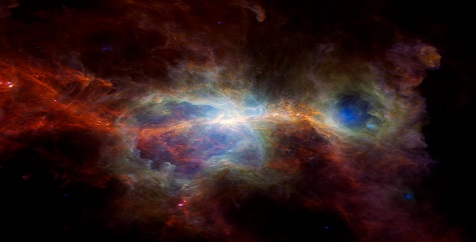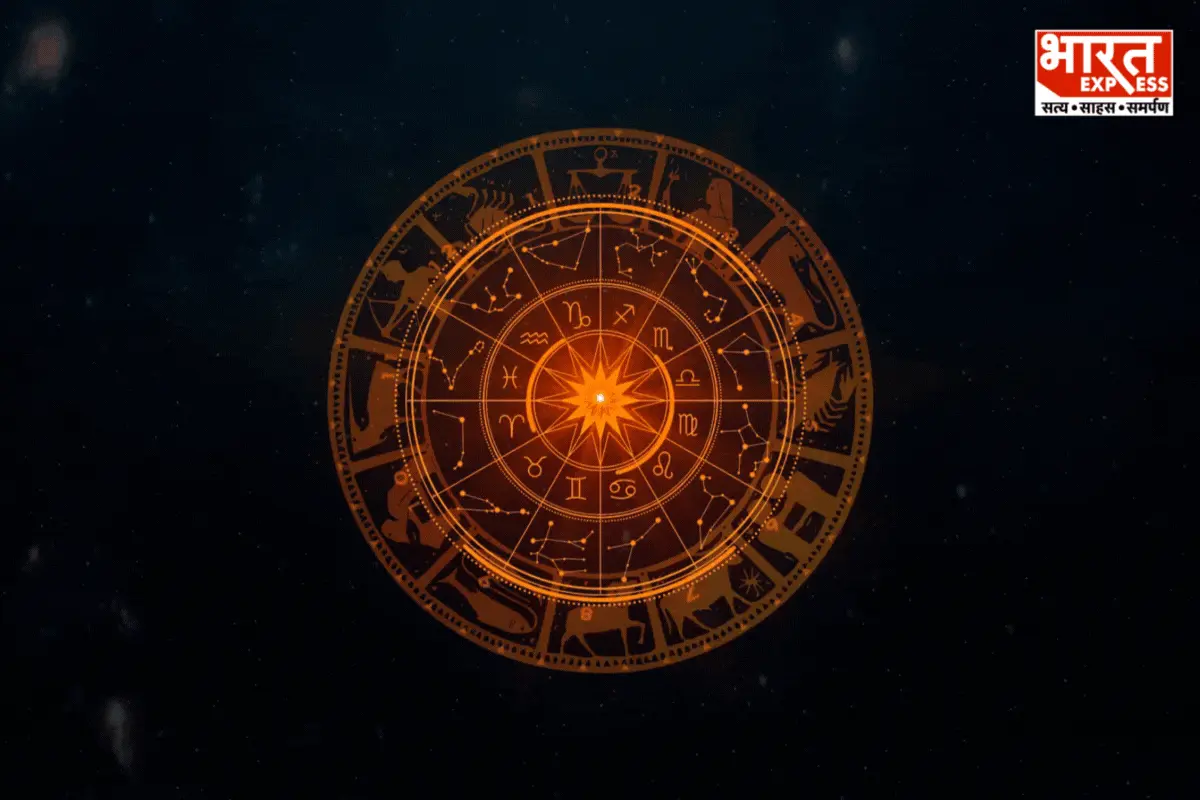
Stars formation. Credit: ESA/NASA/JPL-Caltec
Stars: NASA released an image of the Orion Nebula that combines data from the Spitzer Space Telescope, the Herschel Space Telescope and the Wide Field Infrared Survey Explorer.
NASA shared an image of a region that includes the Orion nebula, made by combining previously released data from three regions. The nebula and the constellation can be found in are named after Orion.
“When you’re watching star formation, clouds of gas collapse to form a star,” said university of Toledo astronomer Tom Megeath. “It’s literally the process of star creation in real time,” he added.
“By cosmic standard, stars grow rapidly when they are very young,” Megeath said. “It makes sense that these young stars have the most frequent bursts,” he added.
Also read: SpaceX To Launch Of Japanese Moon Mission
The two giant cavities that dominate the dust cloud were carved out by giant stars that can release up to a million times more light than our Sun. Even though the stars themselves are not visible in the image, their radiation breaks apart dust grains, creating cavities. Most of the remaining dust is swept apart by stellar winds and by stars dying in supernovae.
“The sun is a bit bigger than most stars, but there’s no reason to think that it didn’t undergo bursts. It probably did. When we witness the process of star formation, it is a window into what our own solar system was doing 4.6 billion years ago,” Megeath said.
The blue parts of the image indicate dust that is warmer than the surroundings. The green-colored dust that appears at the edge of the two cavities is slightly cooler and the red dust reaches temperatures of minus 260 degrees Celsius.
The red and green light shows data from the European Space Agency’s Herschel Space Telescope which captured light in the far-infrared and microwave range. The blue part of the image was created using data from the Spitzer Space Telescope and the Wide Field Infrared Survey Explorer.
The orange filaments in between the two caverns are where dust condenses and forms new stars. These filaments may produce new giant stars over time, which will once again reshape the region.
To read more such news, download Bharat Express news apps


















